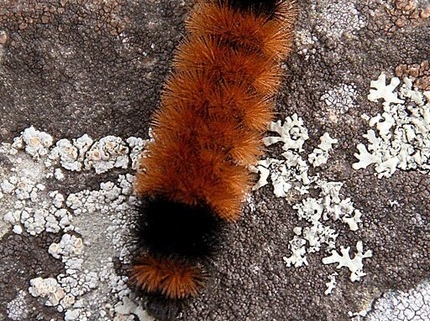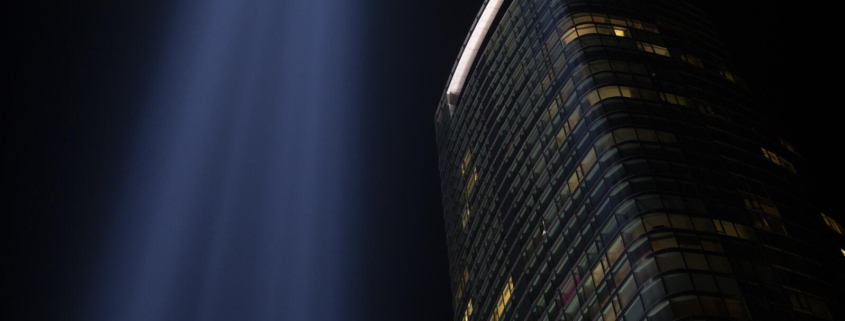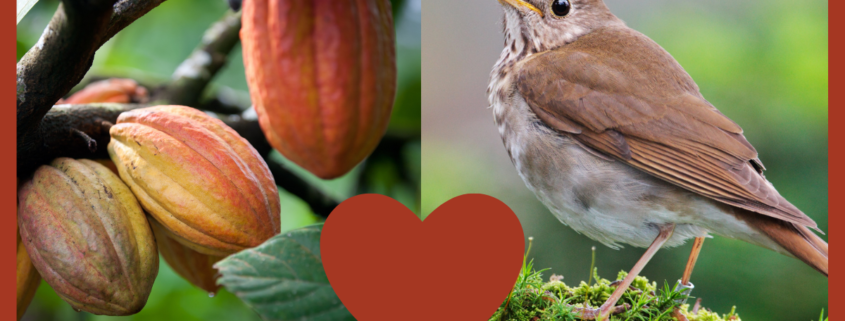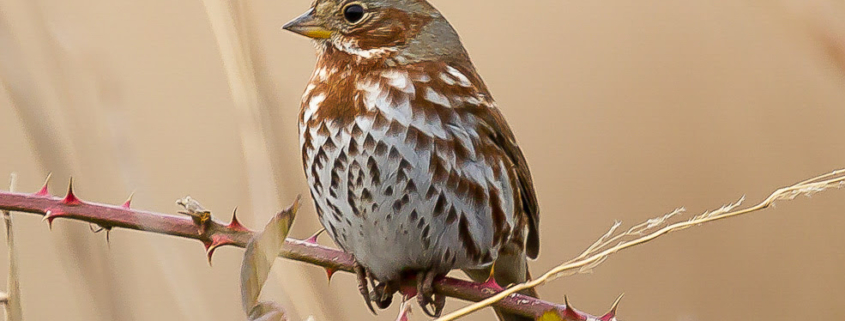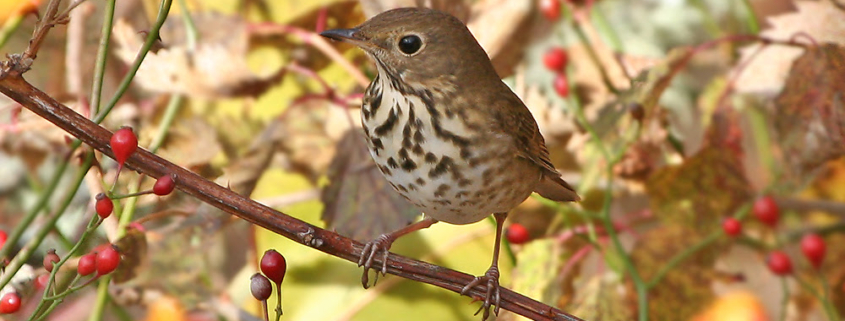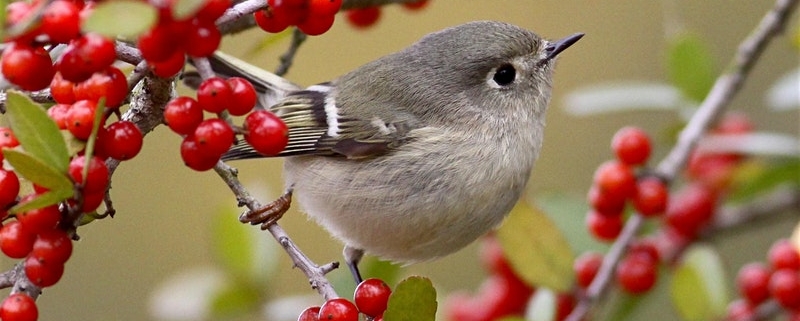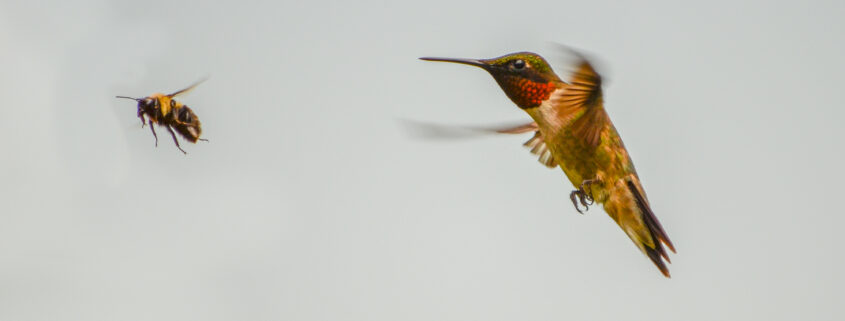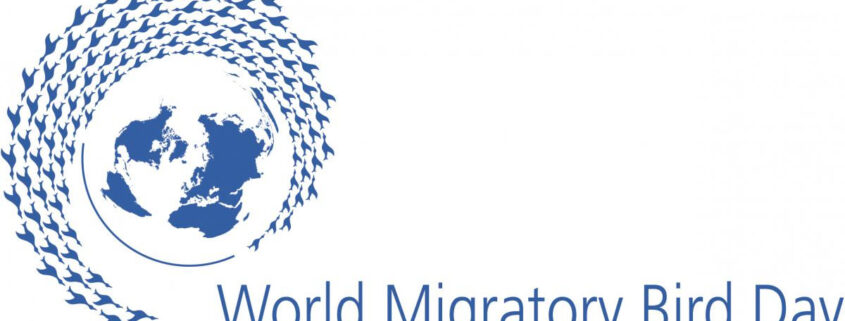Where Do Wildlife Go in Winter?
Photo: Sheila Sund from Salem, Wooly Bear Caterpillar, United States, CC BY 2.0 , via Wikimedia Commons
Where Do Wildlife Go in Winter? article by Betsy Martin featured as a Wildlife Sanctuary Almanac article for Northern Virginia Bird Alliance.
The ancients puzzled over the disappearance and reappearance of birds. Aristotle thought they transformed into other species in winter, which explained why robins appeared just as redstarts disappeared in Greece. In the 16th century, Olaus Magnus theorized that swallows buried themselves in clay at the bottom of rivers in wintertime. In the 17th century, Charles Morton offered the most fantastic theory of all, that birds flew to the moon and back every year.
We know now that migration on earth accounts for the disappearance and reappearance of birds. But what about other creatures? Learning their whereabouts gives us the chance to help many of them overwinter and reappear in the spring. Keep reading here.


